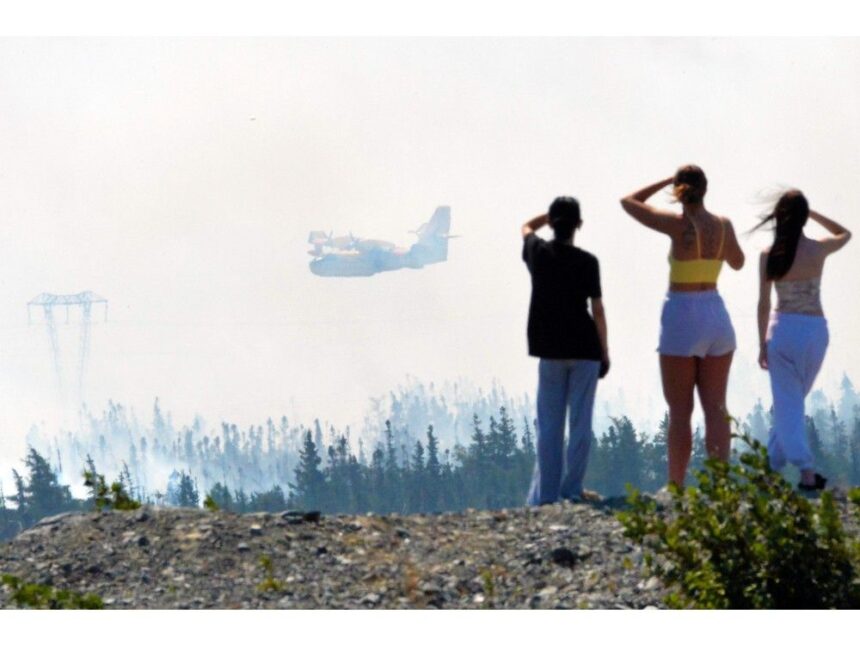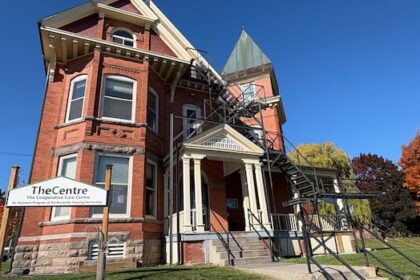Article content“Our concern is more so for next year,” Winsor said. Article content“If the drought continues, we could be into a different situation next summer. The last water ban that we implemented was in 2009. Our concern is that are we travelling down the path of 2009, where we’re going to start off the spring and the summer already in a deficit in terms of our pond levels. We basically are trying to get ahead of the game to advise residents that this is a possibility.” Article contentWhat happens if we have another hot, dry summer next year?Article content If the province’s summers continue to be as hot and dry as the summer of 2025, Lynnann Winsor believes the City of St. John’s will “definitely have to look at some things”, maybe even a new municipal water source. Photo by Keith Gosse/The TelegramArticle contentWinsor says conversations are already taking place on what the city’s water future might look like if harsh, dry summers are indeed the ‘new normal’ as climate change tightens its grip on the globe.Article contentWhile there’s not yet a formal plan in place if climate change accelerates the municipality’s water woes, Winsor says the city won’t be shy away from promoting new water conservation methods, and teased that the implementation of a new water supply isn’t out of the question.Article contentArticle content“If it does turn out to be our ‘new normal’, we definitely have to look at some things,” Winsor said.Article content“We’re already looking at a potential new water source. If low precipitation trends continue, that’s something that may have to be fast-tracked. We’ll look at a new water source, to put more strict water conservation efforts in effect and manage it as best we can. We will look at lots of things.” Article contentAre there things I should and shouldn’t be doing to conserve water?Article content Deputy city manager for Public Works, Lynnann Winsor, says it might be time to stop watering your lawns for the season in the name of preserving water. Photo by Keith Gosse /Keith GosseArticle contentSt. John’s shared some water conservation tips again this week, doubling down on the importance of taking shorter showers, turning off taps when they are not in use, and only running dishwashers or washing machines once fully loaded, as such methods could help preserve hundreds of litres of water each month. Article contentFixing leaky faucets and installing water-efficient fixtures like low-flow showerheads could result in an even greater water savings, as a single dripping faucet, toilet or pipe could be wasting upwards of 1,000 litres per year or more.Article contentArticle contentWhile Winsor recognizes that some residents may roll their eyes at the notion that taking a shorter shower or fixing a single leaky pipe could have a meaningful impact on a large municipality’s water supply, she believes that small conservation efforts can indeed have a big impact if embraced by the entire community.Article content“Every drop counts,” Winsor said.Article content“That really is the truth. Not only in times of low water levels and enhanced conservation measures, it’s also really important in terms of how much it costs to treat water. Article content“We have to treat it, we have to filter it, then we’re pumping it out. There’s a cost to this infrastructure. There’s a cost to the operation and maintenance of the whole system. If you can use less water, there is a cost savings there as well. It’s a two-fold benefit.”Article contentWinsor says the municipality is already seeing positive early returns on regional water levels since first promoting water conservation techniques to the public in early October and hopes residents can maintain this momentum through to next summer.
Troubled waters: How deep is the water shortage in St. Johns?











